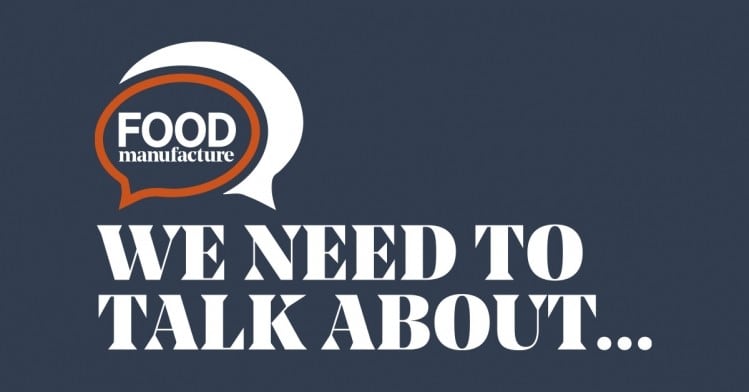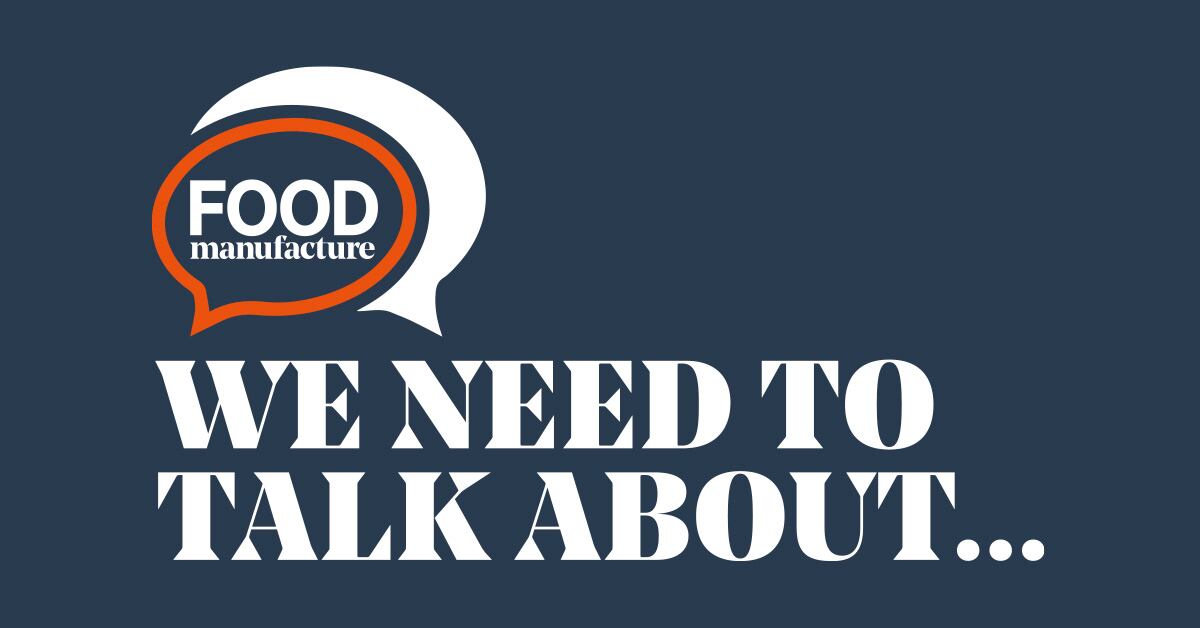On 5 April, the UK Government finally published the draft UK Border Target Operating Model (TOM).
The 99-page document essentially marks the second half of the implementation of Brexit for the UK food industry.
We have witnessed the impact on UK exporters of the barriers to trade created by enforcement of EU border systems. The cost and added bureaucracy of trade has led to some food businesses ceasing to supply Europe and switching to other markets to claw back some of their losses.
Now, just as more stability has been reached on UK to EU trade, EU exporters into the UK must face similar hurdles.
The Government aspires to create a swift, efficient system that minimises friction, but there are concerns that reality may not match the dream.
A call for feedback
First, the timescale for consultation is tight – just over six weeks until 19 May. That’s an ambitious schedule for feedback from all parts of the food supply chain on one of the most significant shifts in international trade for 50 years. There’s a lot of missing jigsaw pieces to put in place, which underlines the urgency of intense engagement. Government has provided opportunity for written feedback here.
Next, the implementation period, while phased, doesn’t allow much room for trial and error.
Ostensibly, the Government can claim it has given what the trade consistently asked for over the past three volatile years: a minimum preparation time of six months before roll-out. The draft TOM was posted on the 5 April this year and the first requirements kick in from 31 October. What’s the problem?
After feedback, the finalised TOM isn’t expected until at least the end of this month – less than five months before the initial phase begins. Meanwhile, the food industry must simultaneously manage the impact of Extended Producer Responsibility on packaging, the Retained EU Law Bill, the Windsor Framework and UK-Australia and UK-New Zealand free trade agreements and the ongoing Ukraine war.
Ambitious timescales
Moreover, the stated deadlines for roll-out of the TOM seem to conflict with IT providers’ comments. A key part of what Government is predicting will be a ‘world class’ border control system will be vastly simplified paperless, digitalised systems for countries outside the EU and registered Trusted Traders. But while deadlines requiring digitalisation sketched out by the draft TOM start in early 2024 with trials for Trusted Trader Schemes and risk-based border controls, digital systems providers speak of a 12-to-18-month minimum implementation period.
Finally, by current reckoning, the last stages of the TOM will be coming on stream in 2025. How will a general election, which could occur as early as November 2024, and the subsequent hiatus while new Government ministers are appointed and civil service departments are reshuffled, affect things?
In addition, in the interim between requirements starting and full digitalisation, imports can still be rejected and, in the case of short shelf-life consignments, effectively scrapped for small errors on paperwork.
With a government continually driven by Brexit ideologues, my concern is there will be no urgency to speed up implementation where snags occur – it will simply be seen as payback time. This would be bad enough if it were only EU businesses affected. In reality, a host of UK importers, distributors and processors would be hit too.




